Calluna vulgaris is a plant. It is also known as Scotch Heather or Scottish Heather. This plant is a small shrub. It belongs to the Ericaceae family. This family includes many other flowering plants. Scotch Heather is native to Europe. It grows in many parts of Scotland.
Features of Calluna Vulgaris
Calluna vulgaris has many interesting features. Here are some of them:
- Leaves: The leaves are small and green. They are needle-like in shape.
- Flowers: The flowers are small and bell-shaped. They bloom in late summer to early fall.
- Color: The flowers can be purple, pink, or white.
- Height: This plant usually grows between 12 to 24 inches tall.
- Growth Habit: It grows in a bushy manner.
Habitat and Growth Conditions
Scotch Heather grows in many environments. It likes acidic soil. This soil has low pH levels. It also prefers sandy or rocky places. You can find it in heathlands, moors, and mountains. It needs good sunlight. But it can also grow in partial shade. Here are some conditions for its growth:
- Soil: Acidic and well-drained.
- Light: Prefers full sunlight.
- Water: Needs moderate watering.
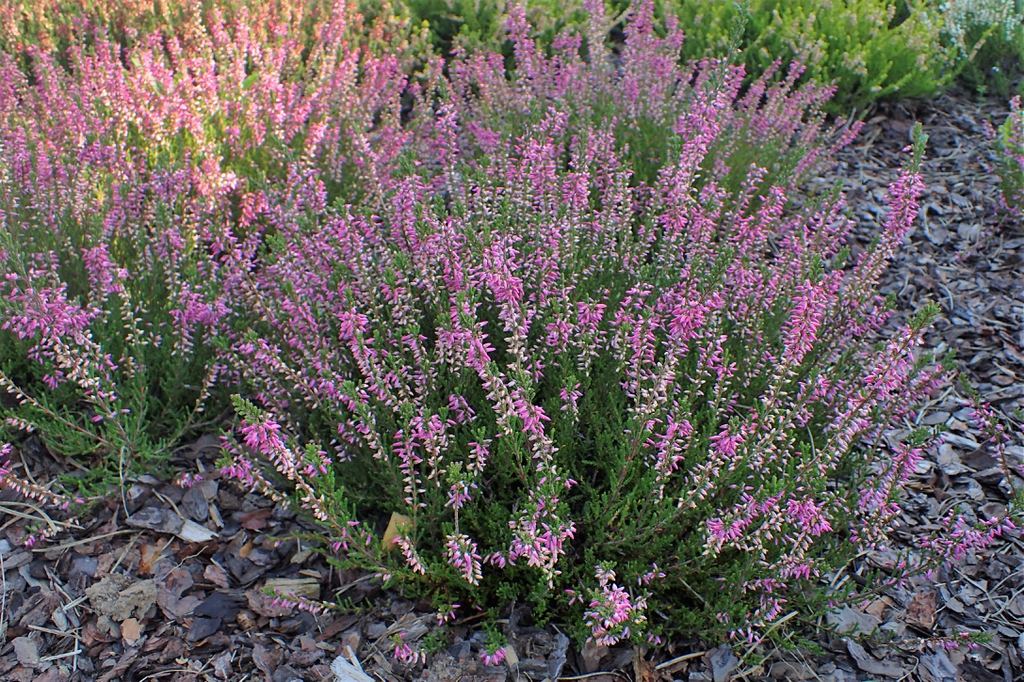
Credit: plants.ces.ncsu.edu
Uses of Calluna Vulgaris
Calluna vulgaris is useful in many ways. Here are some common uses:
1. Ornamental Use
Scotch Heather is often used in gardens. It adds color and beauty. The flowers attract bees and butterflies. This helps support local wildlife.
2. Ground Cover
This plant can be used as ground cover. It prevents soil erosion. It covers bare soil and keeps it stable.
3. Traditional Uses
In the past, people used Scotch Heather for various purposes. They made brooms from its branches. It was also used to make roof thatch.
4. Medicinal Uses
Some people believe in its medicinal properties. It was used in herbal remedies. However, always consult a doctor before using it.
Planting Calluna Vulgaris
If you want to plant Scotch Heather, follow these steps:
1. Choose The Right Location
Pick a sunny spot in your garden. Make sure the soil is acidic. Good drainage is important.
2. Prepare The Soil
Remove weeds and rocks. You can mix peat moss into the soil. This helps make it more acidic.
3. Planting
Dig a hole that is twice the width of the root ball. Place the plant in the hole. Fill it with soil and water it well.
4. Watering
Water the plant regularly. Do not let the soil dry out completely. But do not overwater it either.
5. Mulching
Add a layer of mulch around the plant. This keeps the soil moist. It also helps prevent weeds.
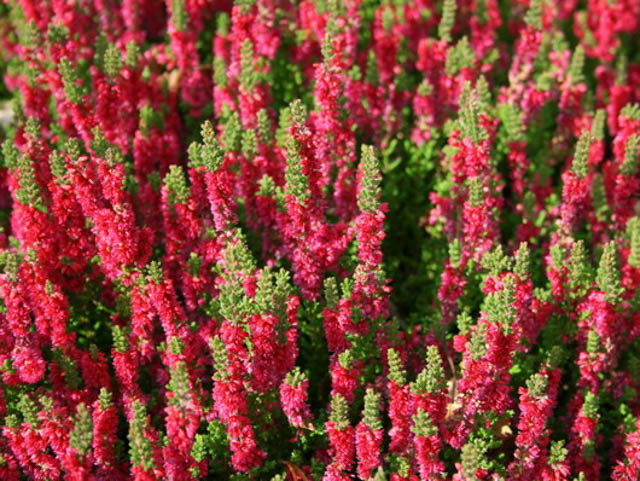
Credit: www.gardenia.net
Care and Maintenance
Calluna vulgaris needs some care. Here are some tips:
- Pruning: Trim the plant after flowering. This helps it grow better.
- Fertilizing: Use a low-nitrogen fertilizer. Apply it in spring.
- Pest Control: Watch for pests like aphids. Use insecticidal soap if needed.
Common Problems
Even Scotch Heather can face problems. Here are some common issues:
1. Overwatering
Too much water can hurt the plant. The roots may rot. Make sure the soil drains well.
2. Pests
Aphids and spider mites can be a problem. Check the leaves often. Remove pests by hand or use soap.
3. Diseases
Some diseases can affect Scotch Heather. Fungal infections can occur. Ensure good air circulation around the plant.
Environmental Importance
Calluna vulgaris is important for the environment. It helps prevent soil erosion. It provides habitat for many animals. Birds, insects, and small mammals rely on it. It also helps to improve soil quality over time.
Conclusion
Calluna vulgaris, or Scotch Heather, is a beautiful plant. It is easy to grow and care for. It has many uses in gardens and nature. By understanding its needs, you can enjoy this lovely plant. Whether in your garden or in the wild, Scotch Heather adds beauty to our world.


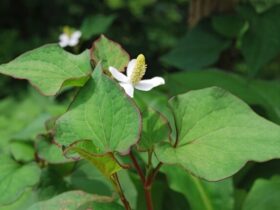


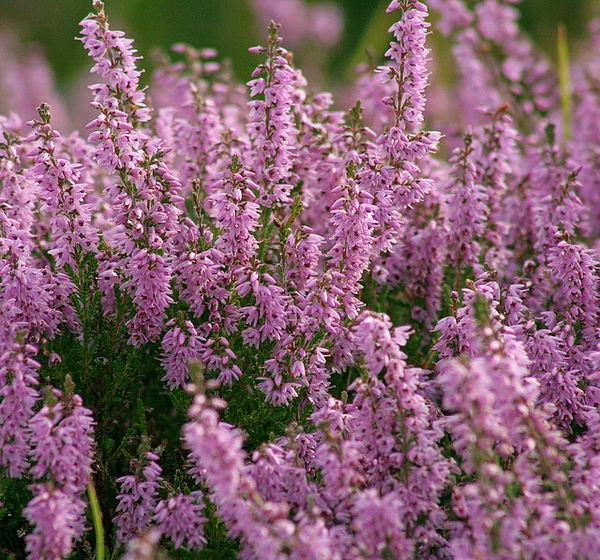
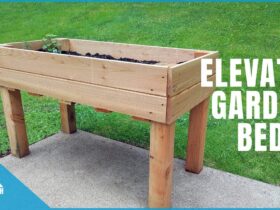





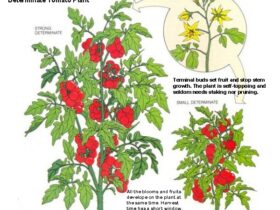

Leave a Review